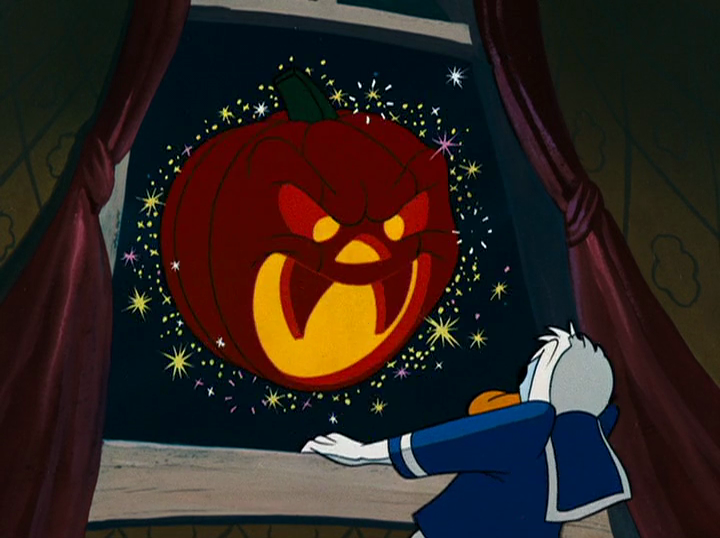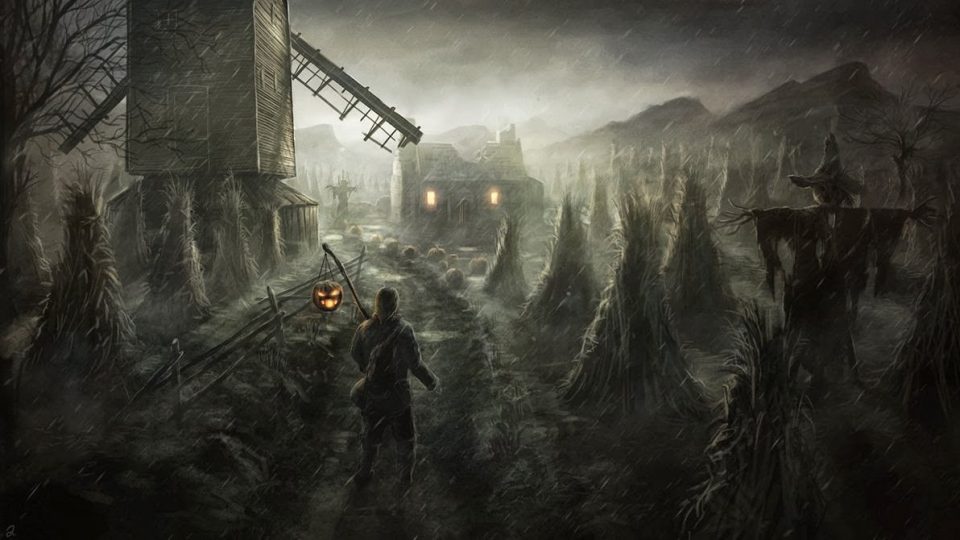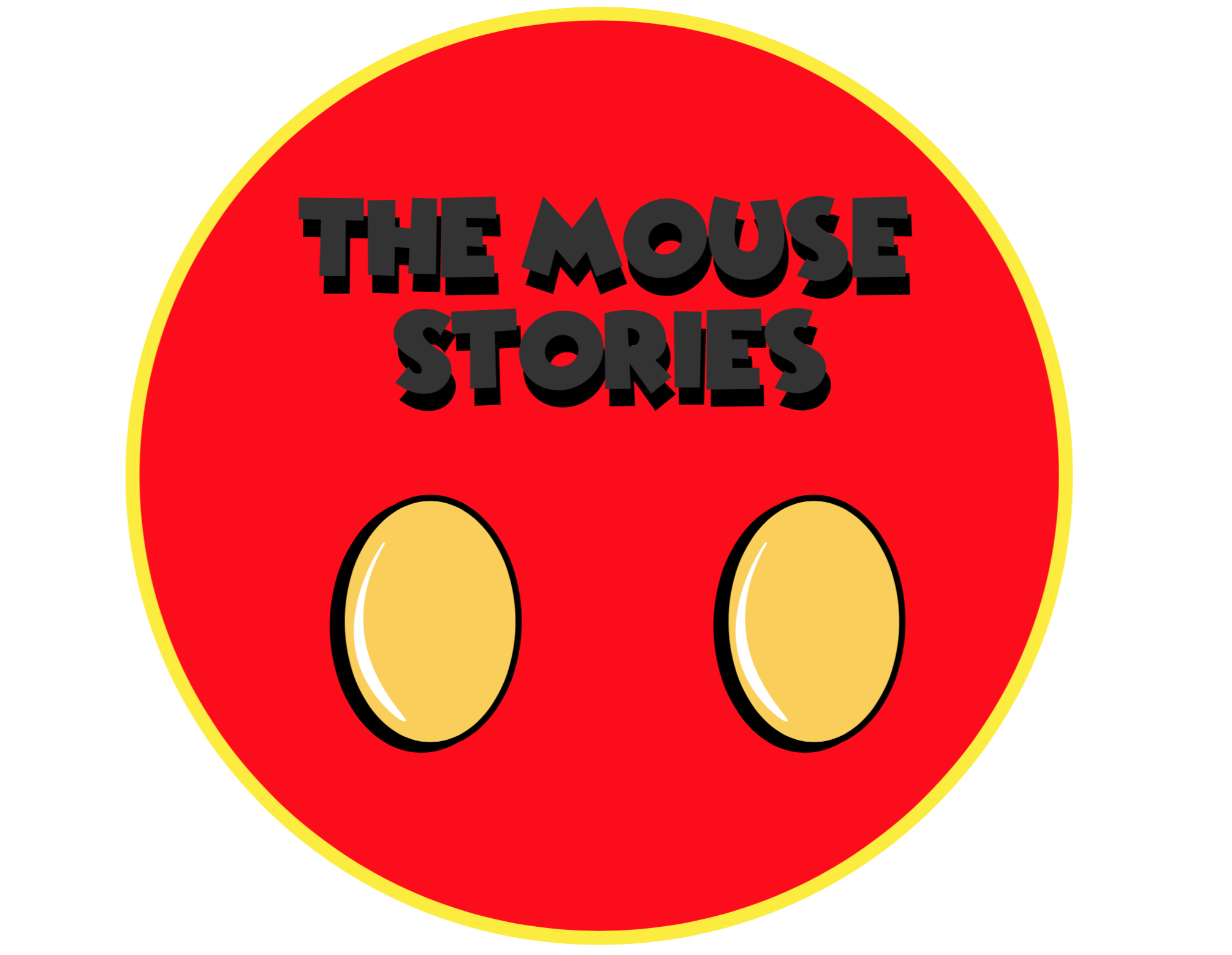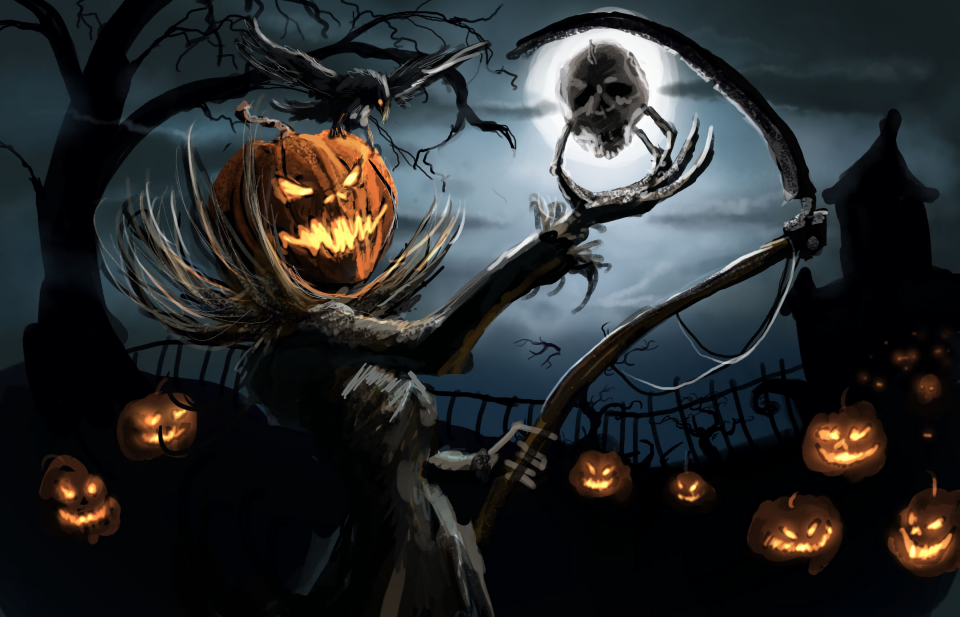
The True Story of Jack o’ Lanterns
A History of Halloween Pumpkins (Jack o’Lanterns), Involving Devils, Alcohol, and Misunderstood Turnips
Carved pumpkins used as decorations, better known as Jack o’ Lanterns, have become the most iconic symbol of Halloween, one of the most beloved holidays for both children and adults.
Disney, with all its grandeur, could not refrain from celebrating and giving due prominence to one of the most prolific traditions in the history of celebrations.
Not for nothing, if you happen to visit Disneyland during this time of year, you will find it beautifully adorned with spirits, ghosts, and above all, Jack o’ Lanterns.
If, on the other hand, you’d like to revisit some Disney Halloween stories, you can simply watch cartoons or films like “Trick or Treat” a 1952 short film starring Donald Duck, Huey, Dewey, Louie, and the witch Hazel, which takes place on the night of October 31st; or “The Nightmare Before Christmas,” Tim Burton’s splendid feature film starring Jack Skellington, the lanky Pumpkin King of Halloween Town; or the 1993 film “Hocus Pocus”; and lastly, the less remembered classic from 1949, “The Adventures of Ichabod and Mr. Toad.”
In short, no matter which film or cartoon you talk about, if Halloween is involved, you can be sure that Jack o’ Lanterns are also present. But how many of you know the strange and curious legend on which this ancient custom is based?
Well, we have decided to tell you all about it in our article today!
Stingy Jack
To hear the story behind one of the most prolific, amusing, and simultaneously frightening traditions of all time is nothing short of astonishing.

Indeed, Jack o’ Lanterns have their own very ancient history dating back to times long past (around the 1600s) and unfolding in the countryside and pubs of Irish drinkers. Long ago, in the green and rainy Ireland, there lived a fellow known to all as Stingy Jack. Some legends say he was a blacksmith, while others claim he was a farmer, but all agree on one thing: Jack was a lazy good-for-nothing who drank from morning to night as if there were no tomorrow. Not only that, but posterity paints him as a manipulator and deceiver, a scourge of society, in short, a rather peculiar and certainly not dull character.
So, the story goes that one evening on the 31st of October many centuries ago, Jack had gone to drink as usual at an old pub. That same night, the Devil himself, having become aware of the “fine” reputation of the young drunkard, decided to personally investigate the matter by showing up at the pub to tempt him, seize his soul, and add it to his infernal collection (to the shock of the present diners, I imagine).
Jack, who was not only an alcoholic manipulator but also a first-rate trickster, decided to try to outsmart Lucifer to save what little decent skin he had left, to live (and drink) a little longer.
He asked the Devil to make a pact: he would transform himself into a silver coin and pay for one last drink before his departure. The Devil, seeing no reason not to grant him a final swig, accepted, transforming into a coin. At that point, the cunning blacksmith (or farmer, as you prefer) took the coin and slipped it into his wallet, where he also had a cross (and if you find it strange that a guy like that carries a cross in his wallet, just wait to hear the rest of the story). This way, the Devil found himself trapped, unable to change shape.
Jack then proposed another pact: he would set him free in exchange for ten more years of life. The Devil, compelled to accept due to the embarrassing situation, agreed and returned to hell empty-handed.
Or Turnip or Life

After another ten years of drunkenness and debauchery, the Devil returned to knock on the door of our jolly companion (once again on October 31st) with a firm intention to make amends and finally claim Stingy Jack’s cursed soul (which, all things considered, he probably deserved, let’s be honest).
Jack, however, once again decided to mock the devil and, pretending to accept his fate, asked for one last wish: to fetch him a succulent apple from a nearby tree to eat before his departure. The Devil (who at this point seems far too naive compared to his preceding reputation) once again agreed and climbed the tree. At that point, Jack carved a cross at the base of the tree, leaving the Devil unable to descend. Once again, the victorious blacksmith made him an offer: he would set him free if Lucifer would finally give up on taking his boozy hide. Exhausted, the devil accepted and left him alone.
Jack, however, at some point, pushed his alcoholic and manipulative luck, as one would expect (he probably died of cirrhosis), and brazen as he was in life, he remained so in death, showing up at the gates of heaven, where, of course, he was cast out.
He then presented himself at the gates of hell, but the Devil, eager for revenge, decided to honor the pact and cast him out, telling him that, as promised, he could not take his soul. Not satisfied, he hurled a burning ember at him (according to some versions of the story, he did this to alert other souls to Jack’s presence, but given it’s the Devil, he probably just wanted to torment him further). At this point, Jack, for some reason, had a turnip in his pocket (?!?!?!?!?!) and he carved it out, hollowed it, and used it to contain the ember, illuminating his way and searching for a place to rest (or more likely, a place to drink) while awaiting Judgment Day.

From this comes the legend of Jack o’ Lantern, a wandering and damned soul who, on Halloween night, appears to roam around with a lit turnip (it’s funny, I know, but that’s the story) awaiting Judgment Day.
“But, uh, what does that have to do with pumpkin? No, no, he’s got a point.” (semi-quote: Kronk).

For those wondering at this point where on earth the pumpkins came from, it’s quickly explained: Irish immigrants, who had moved to the New World, couldn’t find turnips large enough to use for this holiday, so they decided to use pumpkins, which were much larger and abundant. Since then, carved pumpkins have become one of the most commonly used traditions and decorations for Halloween.
And to return to our Disney-loving people, we can find examples of this in the aforementioned cartoons, where, for instance, an enchanted pumpkin by the witch Hazel scares Donald Duck in the previously mentioned short film. At the same time, in the character of Jack Skellington, the Pumpkin King and Master of Ceremonies of Halloween Town, we can see a representation and inspiration drawn from the character of the old Stingy Jack!
Did you know the legend? Do you know of other versions? Tell us on our social media channels!
Sources:
- https://www.historicmysteries.com/the-legend-of-stingy-jack/
- http://www.ripleyscoven.com/articoli/il-vero-jack-skeletron-la-leggenda-di-jack-olantern/
- https://www.history.com/news/history-of-the-jack-o-lantern-irish-origins
- https://www.britannica.com/science/jack-o-lantern-phenomenon






